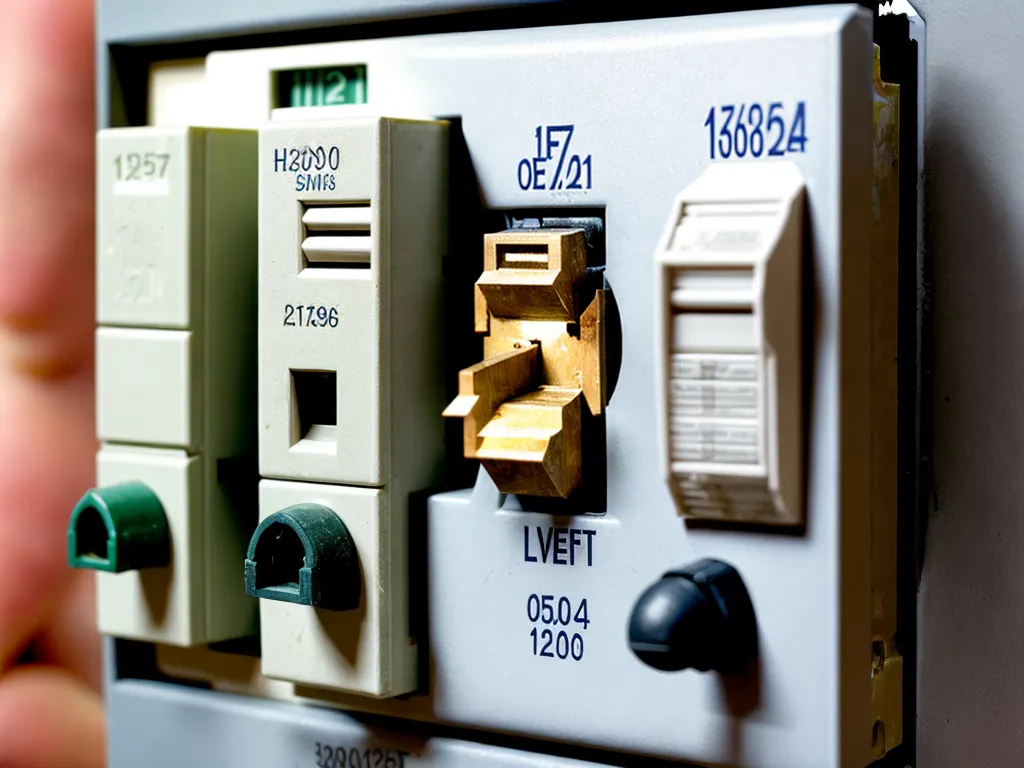
When a circuit breaker trips repeatedly or fails to trip when it should, this usually indicates that the circuit is overloaded and the breaker needs to be replaced. Replacing a faulty circuit breaker can seem daunting, but it's an important safety task that can be done safely by following these steps:
Locate the Problematic Circuit Breaker
The first step is to identify which circuit breaker is overloaded and needs replacing. Here are some ways to pinpoint the issue:
- Listen for which room or appliance lost power when the breaker tripped. This points to the problematic circuit.
- Examine the circuit breaker box for any breakers that are flipped to the "off" position. These may be overloaded circuits.
- Use an outlet tester to see which outlets are powered by the overloaded circuit.
- Turn off appliances one at a time to see if any specific appliance is overloading the circuit when turned on.
Once you've identified the faulty circuit breaker, it's time to turn off the power and replace it.
Turn Off Power and Remove Old Breaker
Safety should always come first when doing electrical work:
- Locate the main breaker switch that controls power to the full circuit breaker box and flip it to the "off" position.
- Use a non-contact voltage tester to validate that power is off before touching any wiring or breakers.
- With the power verified as off, unscrew and remove the problematic circuit breaker from the breaker box.
Replacing the actual circuit breaker can now be done safely with the power disengaged.
Install New Circuit Breaker
Installing a fresh circuit breaker to replace the overloaded one is straightforward:
- Select a new circuit breaker with equal voltage (120V) and at least equal amperage rating. Using a higher rated breaker than original is also fine.
- Insert the new circuit breaker into the empty slot and securely tighten the screws to affix it in place.
- Double check that the new breaker is seated fully and oriented correctly in the breaker box.
With the new breaker installed, it's time to restore power.
Restore Power and Test Circuit
The last step is to turn the power back on and verify normal operation:
- Flip the main breaker switch back to the "on" position to restore power to the box.
- Turn the new breaker to "on" and use an outlet tester to verify power is flowing properly again.
- One-by-one, turn appliances on the circuit back on while listening and feeling for buzzing or excessive heat that could indicate remaining overload issues.
By methodically following these safety steps, overloaded circuit breakers can be replaced properly. Taking the time to do it right protects your home's electrical system. If in doubt, consult a qualified electrician for assistance. Stay safe!